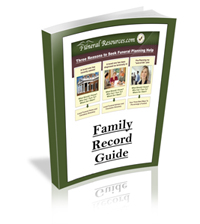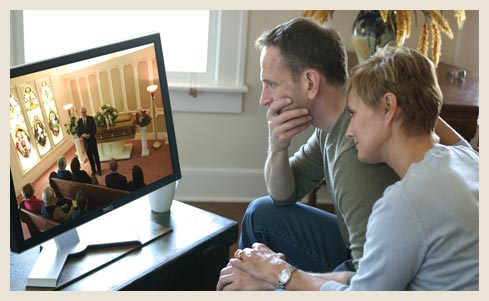Difference Between Memorial and Funeral Services
What are the Differences Between
Memorial Services and Funeral Services?
Funeral and memorial services are often confused with each other, but there are distinct differences that we will help you distinguish them apart. This will help those who have never before attended either to know what to expect, the formalities and funeral etiquette to follow.
Funeral Services
A funeral service has the body of the deceased present at the service and tends to be more traditional. This is the main difference between a memorial service. The funeral service is comprised of three main parts; the visitation, the funeral service and the committal service and more often defines unlike a memorial service which is a reflection of their life. But there is no reason a funeral service cannot also incorporate a reflection at the service. Funeral services are normally held at the place of worship or a cemetery whereas memorial services can be held almost anywhere.
Funeral Service Etiquette
Traditionally funeral services are quite formal and, with regards to funeral etiquette, you are expected to wear attire that is also formal and suitable for the occasion. It’s important to keep greetings short and be respectful of your surroundings as others are mourning. This is a time to pay your respects to the family, not a time to socialize and ‘catch up with old friends’. Try to have your phone switched off for the service as using it can be insulting to the family. If you are unable to hold your emotions and you are having a visible impact on others, please excuse yourself until you gain your composure. Remember to arrive early and sign the guest book (if present) the family would like to know who was in attendance. If you would like to send funeral flowers with a message to the family these can be sent to the home, prior to the service or directly to the funeral home or church service. When sending flowers to the place of worship, it’s customary to send sheaves or funeral wreaths. If the family requests ‘in lieu of flowers, please donate’, it’s important to honor the families requests.
Memorial Services
Memorial services do not have the body present at the service and they are common after burial or cremation. As generations change and religious beliefs decline, people are opting for memorial services rather than traditional funeral services. Since there is no body present you will find that memorial services can be held almost anywhere such as parks, halls and even homes and are much more creative and less formal than funeral services. You will find that memorial services are more affordable than funeral services in that much of the work in preparing the body has been formerly completed behind the scenes which leaves only the guests on the day to cater for.
Memorial Service Etiquette
Many aspects of the funeral etiquette expected at a funeral service follows that of a memorial service. Be respectful, caring and follow the families wishes on the day. Although less formal, there is still a degree of what should be worn and this may be made known to guests beforehand. Donations in lieu of flowers are also common in memorial services and again it’s important to respect the families wishes, but sometimes people are compelled to also leave a small floral tribute along with a donation.




